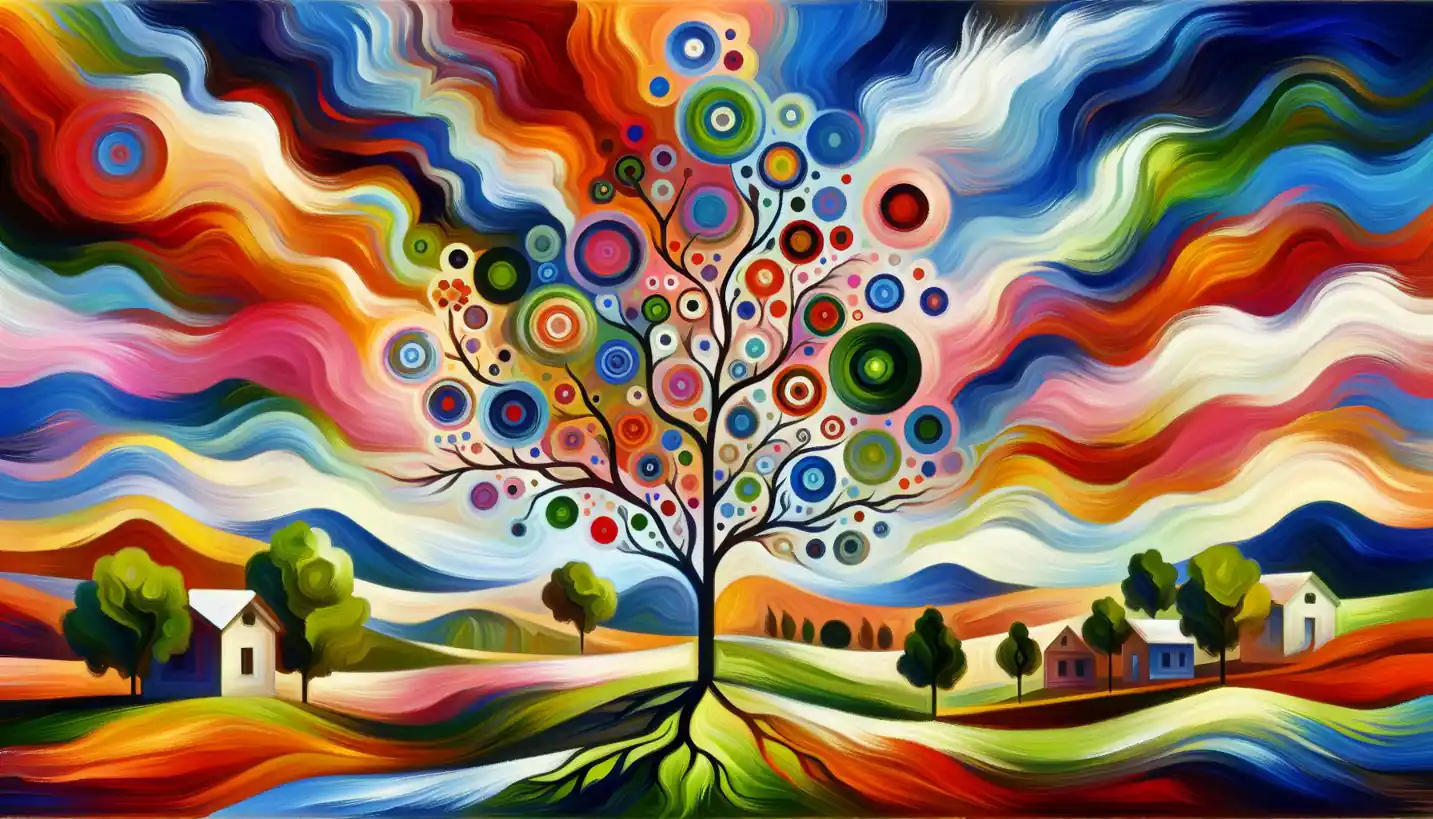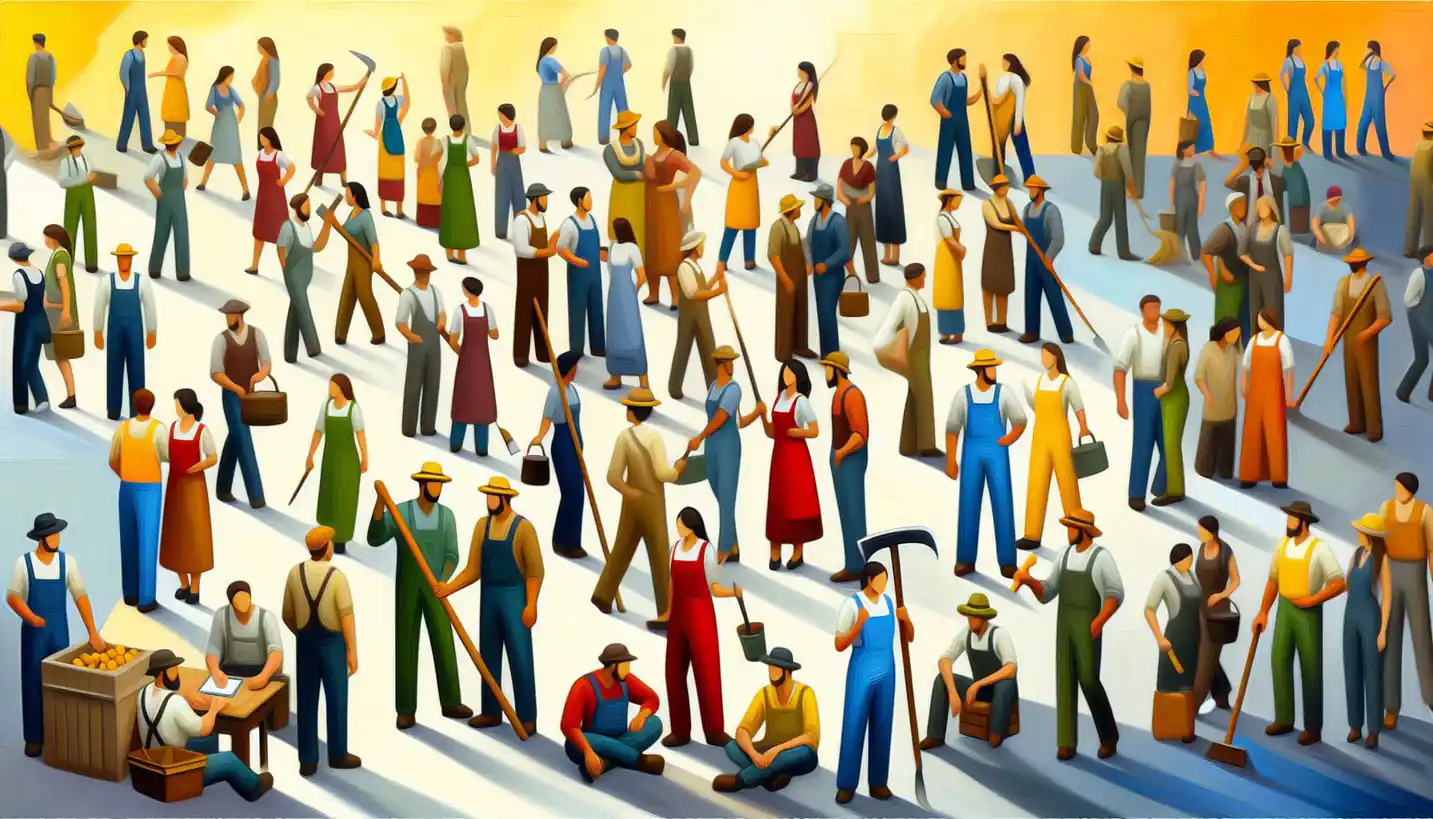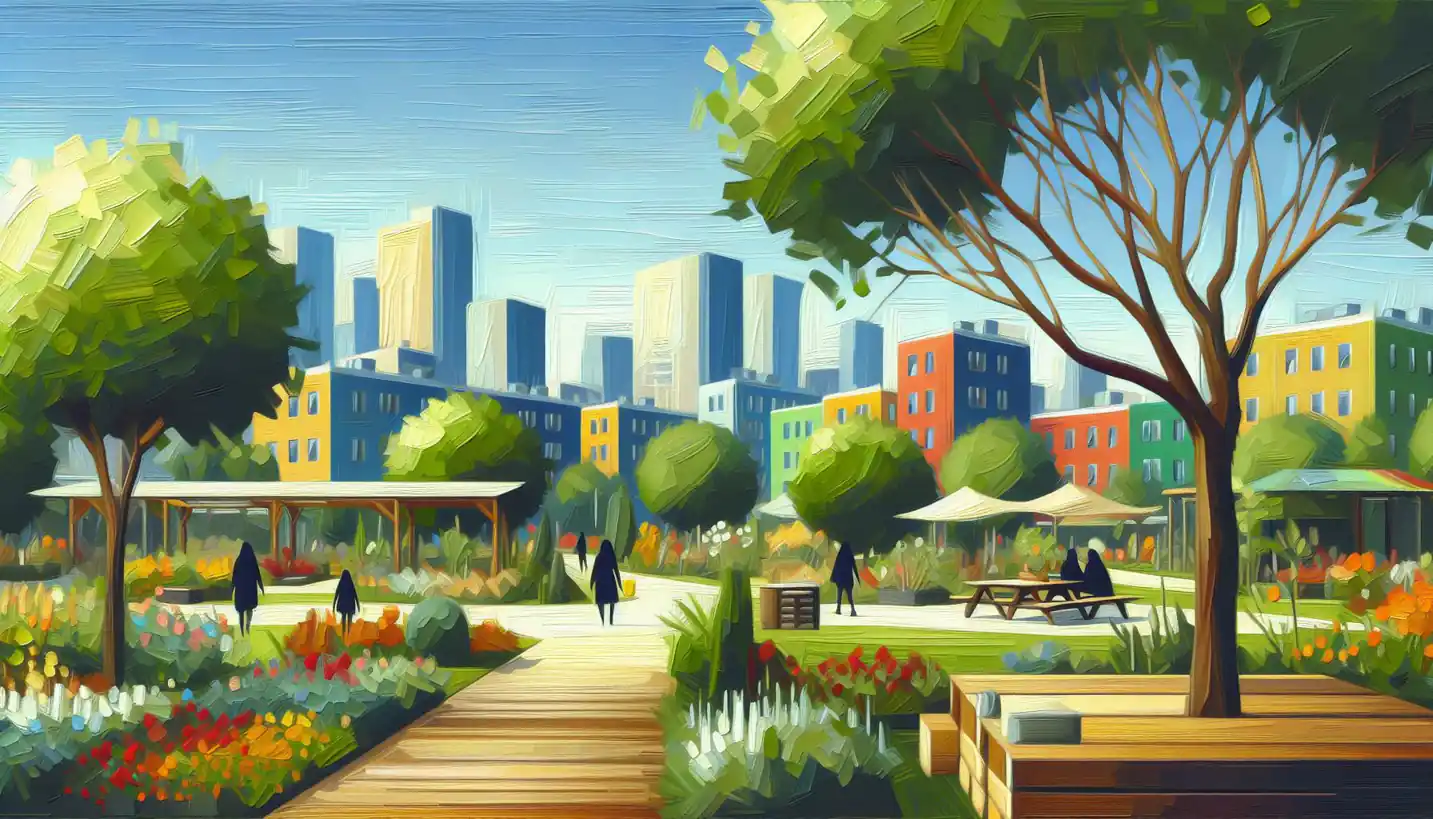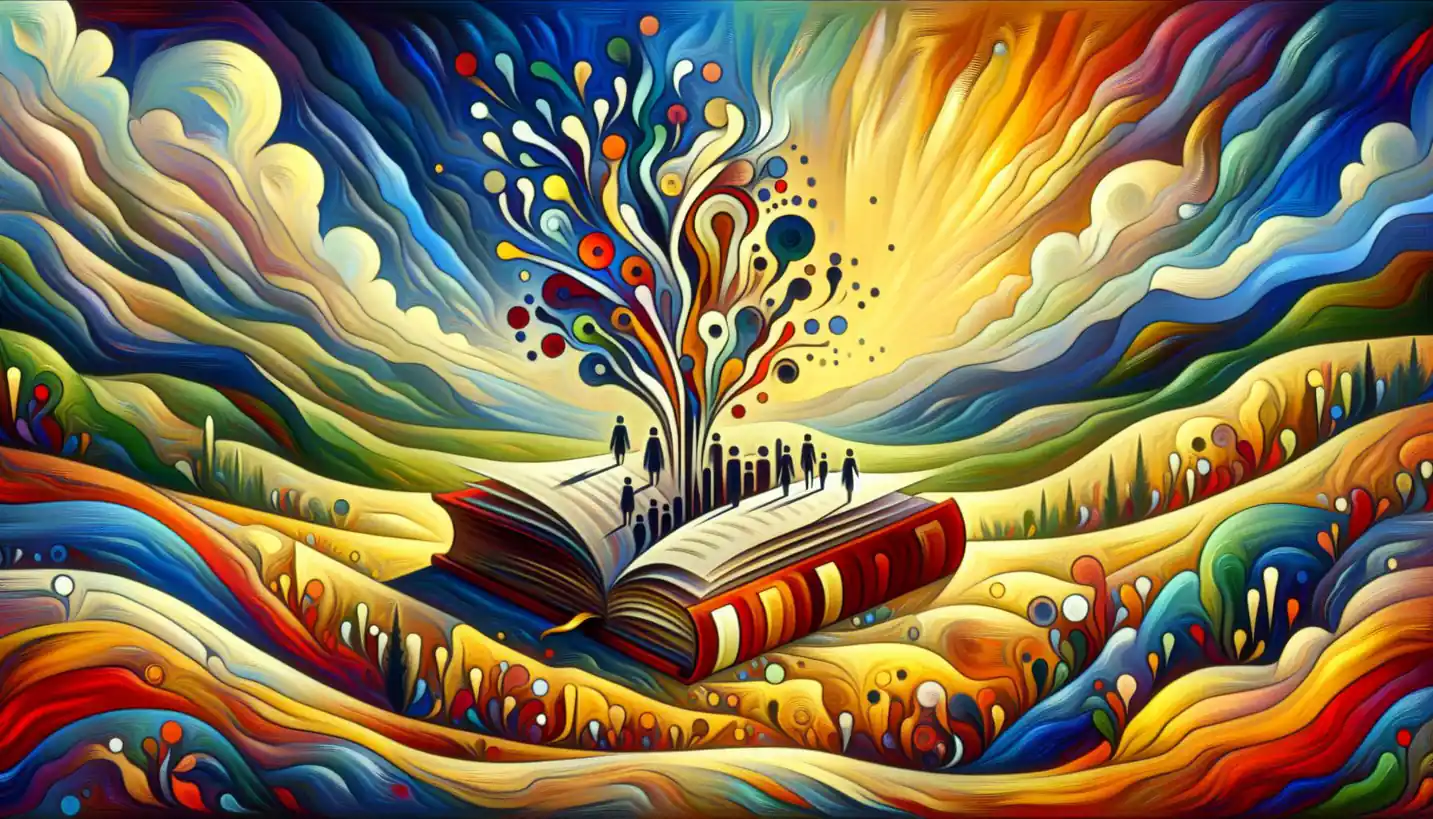· Sociology · 4 min read
High Culture in Cultural Sociology: Exploring Its Depths and Influence
High culture enriches society, offering deep artistic and intellectual experiences. Discover its influence and enduring role within cultural sociology.

Cultural sociology has a fascinating concept known as “high culture.” When we talk about high culture, we’re diving into a world that often seems reserved for the elite, wrapped in sophistication and tradition. So, what’s all the fuss about? Let’s take a closer look.
In essence, high culture refers to cultural products seen as being of the highest quality and value. We’re talking about things like classical music, fine arts, literature from the greats, and haute cuisine. These are not just everyday pleasures; they’re experiences steeped in history and often associated with education, status, and intellectualism.
What Defines High Culture?
Think about a grand opera or a symphony by Beethoven. These aren’t the types of performances you typically find in a casual setting; they require a certain finesse and understanding. High culture is often seen as the opposite of “popular culture,” which includes more mainstream, accessible entertainment like pop music or blockbuster movies.
The origins of high culture can be traced back to social hierarchies. Historically, these cultural forms were the domain of the aristocracy, a status symbol. It was a way to separate the “refined” from the “common,” using culture as a marker of class. But it’s not just about social standing; high culture also involves a deep appreciation and critical engagement with these works.
High Culture vs. Popular Culture
This brings us to an interesting debate: high culture versus popular culture. While high culture is often perceived as more serious and intellectually demanding, popular culture is typically more connected to mass appeal and entertainment. A fun analogy is thinking of high culture as a gourmet meal, while popular culture is like a tasty fast-food burger. Both can be delightful, but they cater to different tastes and experiences.
Some argue that the line between high and popular culture is blurring. Thanks to globalization and the internet, more people have access to various cultural forms, breaking down the old barriers of exclusivity. A street artist may exhibit in a prestigious gallery, or a pop musician could adopt classical styles, showing how dynamic cultural boundaries are today.
The Role and Influence of High Culture
Why does high culture still matter in our modern world? High culture continues to influence various aspects of society. Its impact on education, for instance, is profound. Many universities and schools teach high cultural forms as foundational elements of a well-rounded education. Knowing Shakespeare or understanding Picasso can enrich our perspective and critical thinking.
Moreover, high culture often sets standards. The refined nature of high culture can inspire creators to pursue excellence in their fields. It challenges artists and thinkers to push boundaries and explore new ideas, contributing to the evolution of our cultural landscape.
Breaking Down Barriers
While the realm of high culture may seem elite and impenetrable, it doesn’t have to be. Today, many institutions are working to make high culture more accessible to everyone. Museums hold free days, orchestras host affordable concerts, and online platforms stream classical performances. These efforts help demystify high culture and invite a broader audience to engage with its richness.
At its core, high culture is about the human experience. It captures beauty, challenges our minds, and allows us to connect with history. The stories told through high culture resonate across generations, reminding us of our shared humanity.
Looking Ahead: The Future of High Culture
As society evolves, so too does high culture. The blending of high and popular cultures creates a vibrant, inclusive space that celebrates diversity. Future generations will likely find new ways to engage with high culture, making it relevant and exciting for a wider audience.
The digital age offers endless opportunities for high culture to expand its reach. Virtual reality concerts, digital art exhibitions, and online literature clubs could redefine how we experience and appreciate these cultural forms.
In conclusion, high culture plays a crucial role in shaping our world. It stands as a testament to human creativity and intellectual pursuit. By embracing its complexity and beauty, we gain a deeper understanding of ourselves and the world around us. So next time you encounter a piece of high culture, whether it’s a painting or a symphony, take a moment to appreciate its legacy and the stories it tells.



